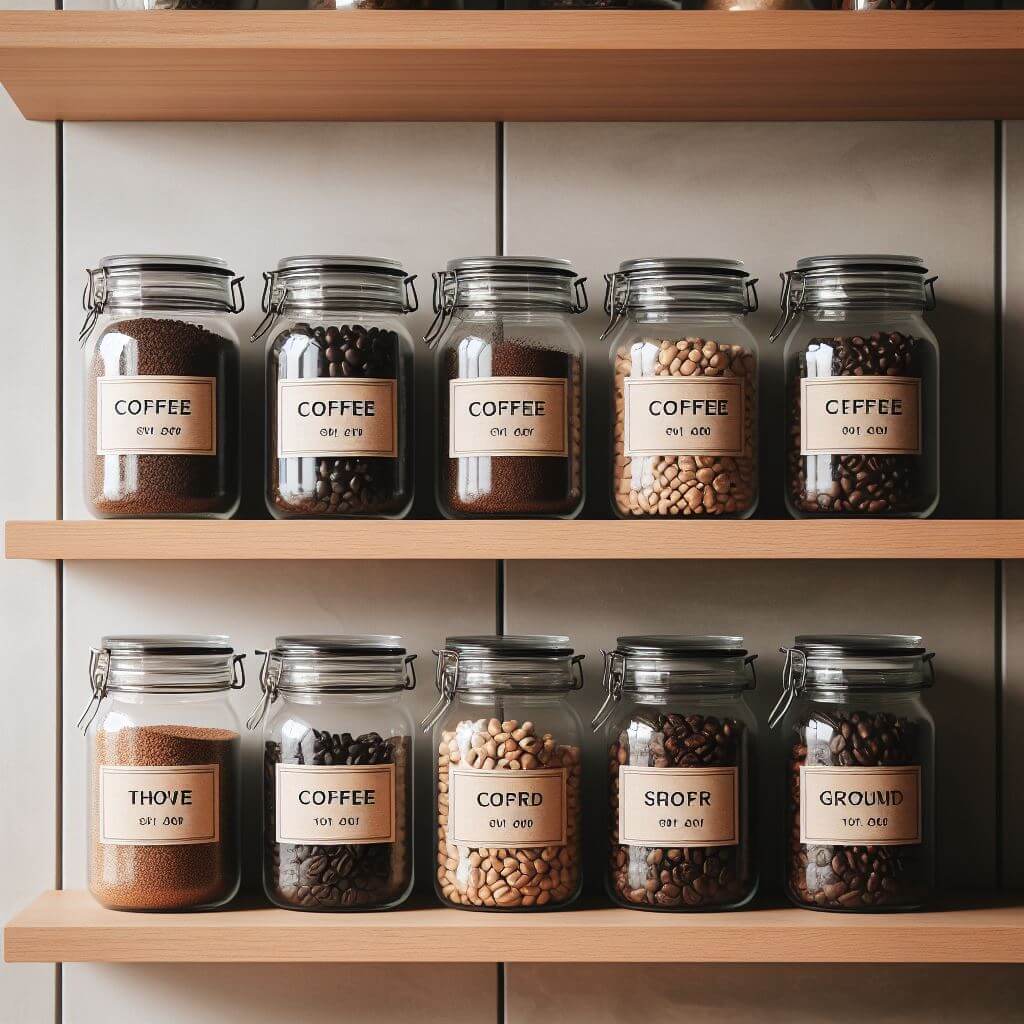
Understanding the nuances that affect coffee freshness is essential for anyone who wants to enjoy the perfect cup. The enemies of coffee freshness—air, humidity, light, and temperature—are simple but formidable foes in the quest to preserve the integrity and flavor of your beans.
Air is perhaps the most common and persistent enemy. Exposure to air initiates the oxidation process, a chemical reaction in which coffee oils and aromatic compounds begin to break down. Not only does this dull the bright flavors, but it can also add stale or bitter notes, especially as the beans lose their natural protective barrier. The greater the surface area exposed to air, as in the case of ground coffee, the faster this decomposition occurs.
Humidity is another critical factor. Coffee beans are hygroscopic, meaning they naturally absorb moisture from the environment. This can lead to mold growth and deterioration of the bean’s complex structure, dramatically affecting taste by diluting or altering the flavor profile. In environments with high humidity, this risk increases significantly, making humidity control a key aspect of coffee storage.
Light, especially direct sunlight, can hurt coffee beans. Just as light can dull the colors of fabrics or art, it can degrade the quality of coffee by accelerating the oxidation process. Ultraviolet rays destroy both the chemical composition and the physical integrity of the beans, which leads to a loss of aroma and taste. Therefore, coffee is often sold in opaque or dark packaging; this is not only for aesthetic appeal but also to protect the freshness of the beans.
Temperature also plays a crucial role. Fluctuations in temperature can affect the stability of grains, which will lead to condensation during the transition from a cold environment to a warm one. This condensation introduces moisture, which, as discussed earlier, can be harmful. In addition, high temperatures can “cook” the beans, as a result of which they will prematurely lose their taste and aroma. The key is maintaining a constant cool temperature that keeps the grains stable without putting them at risk of condensation or decomposition due to heat.
Strategic Storage Solutions
The cornerstone of any good coffee storage plan is using airtight containers. This method directly combats the harmful effects of air and moisture, the two most aggressive enemies of coffee freshness. By sealing the grains in an environment where neither air nor moisture can penetrate, you effectively stop the oxidation process and prevent mold growth. The choice of material for these containers also plays a crucial role. Ceramic or inert metal containers offer the best protection without imparting flavor to the beans. Glass, despite its visual appeal, should be used with care; it must be shielded from light to be effective, making opaque or UV-protected glass a smarter choice.
A cool, stable environment is critical for long-lasting freshness. It is a common misconception that the refrigerator or freezer is the ideal storage place. In such an environment, unwanted moisture can form due to condensation, and constant temperature fluctuations can destroy the beans more quickly. Instead, find a cool, dark spot in your pantry or closet, away from ovens or stoves that often fluctuate in ambient temperature, and this can provide stable conditions for the coffee beans to grow.
Another strategic approach involves mindful buying habits. This means buying coffee in quantities that you can reasonably consume over a few weeks or a month, ensuring that you always enjoy your coffee at its peak freshness. For those who prefer to buy in bulk to save money or have a constant supply of their favorite concoction, breaking up a bulk purchase into smaller resealable portions can be a game changer. This method allows you to open only what you need while keeping the rest sealed and protected from the freshness-destroying elements.
For coffee lovers who want to take their storage to the next level, vacuum containers represent the pinnacle of coffee preservation technology. These containers go beyond simple airtightness by actively removing air from the storage environment, offering unparalleled protection against oxidation. Combined with a cool constant temperature, this method can almost stop the aging process of the coffee, preserving its valuable taste and aroma for as long as technologically possible.
Additional Tips For Coffee Lovers
Using vacuum-sealed containers is an advanced approach for those looking for maximum freshness retention. These containers are designed to remove as much air as possible from around the beans, drastically minimizing oxidation. This technology is especially useful for people who buy coffee in bulk but consume it gradually. By vacuum sealing portions of coffee, you not only extend the shelf life but also maintain a high degree of freshness that you will notice in every cup.
Another advanced tip is to purchase high-quality specialty coffee storage canisters with built-in CO2 valves. These innovative containers allow the natural gases released by the coffee beans to escape without letting air in. This one-way valve technology is a hallmark of premium coffee storage as it takes into account the nuances of degassing the beans after roasting, ensuring your coffee doesn’t go stale or lose its complex flavor profile.
For those who consider coffee an integral part of their daily ritual, lighting control takes on a new meaning. Research and investment in containers that provide effective light shielding, or the use of a storage area that remains permanently dark, can greatly impede the degradation process caused by light, especially UV rays. Containers made of materials that inherently block or absorb these rays can add a layer of protection.
Grinding the beans just before brewing keeps the coffee fresh by reducing the surface area exposed to air. Although it would be convenient to grind the coffee in portions, it can significantly impair the taste and aroma of the coffee. Experienced coffee enthusiasts often use coffee grinders for a consistent grind size and take the time to understand the ideal grind size for their brewing method, further tweaking and enhancing the coffee’s flavor.
Exploring the world of coffee preservation extends to how to approach the complete coffee procedure, from bean selection to final brewing. Engaging with online coffee communities, attending seminars, and constantly seeking out new information and techniques can provide invaluable insight into how to preserve the essence of your beans. This continuous journey of learning and experimentation not only enriches your understanding but also enhances your coffee enjoyment.

